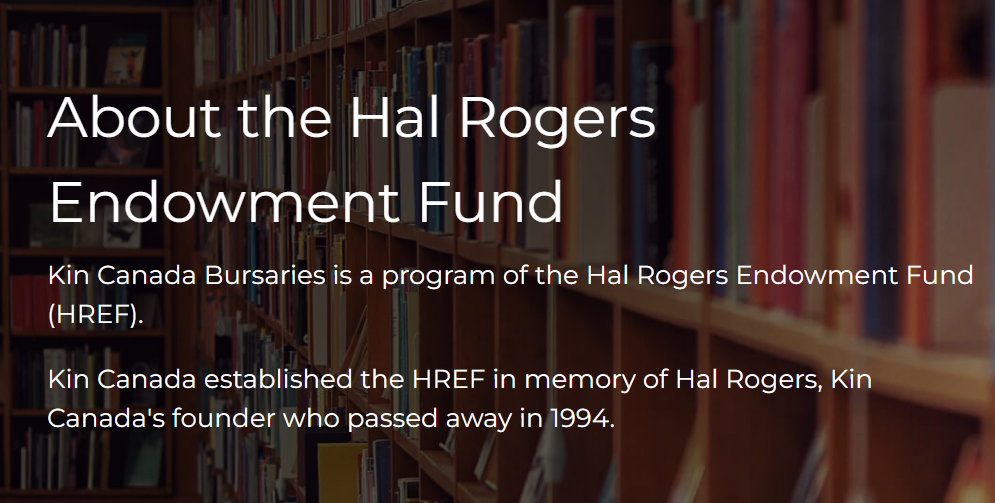Deadline:Â 6th January 2014
Supervisor: Dr Claire Reeves c.reeves@uea.ac.uk
The Project:
The oxidising capacity defines the rate at which many pollutants, including greenhouse gases, are removed from the atmosphere. The main oxidant is the hydroxyl radical (OH) which is primarily formed from ozone (O3) chemistry. O3 is also a greenhouse gas and air pollutant. This project addresses temporal trends in tropospheric O3 and OH since around 1950 as a result of changes in anthropogenic emissions. Ozone is produced in the atmosphere via chemistry involving nitrogen oxides (NOX) and hydrocarbons. Over the last century emissions of NOX and hydrocarbons have changed dramatically and these changes are expected to have affected O3 and OH. Earlier model studies have examined this, but this project differs in that the student will use historical trends of hydrocarbons and alkyl nitrates, derived from prior analysis of air trapped in Arctic firn (consolidated snow), to constrain the study. Alkyl nitrates are formed by similar reactions to those that lead to O3 production and are therefore markers of O3 chemistry.The main aim of this studentship is to use a 3-D global model and the observationally derived trends in hydrocarbons and alkyl nitrates to investigate changes in the O3 and OH chemistry of the northern hemisphere troposphere.The student will use a comprehensive 3-D global model (UK Chemistry-Aerosol, UKCA). This is a community model, developed and supported by the UK Meteorological Office (UKMO) and the National Centre for Atmospheric Science (NCAS). The student will examine the consistency between emission databases and the observationally derived trends in the hydrocarbons. Specifically they will use the tagging facility within UKCA to separate the influences of emissions from different continents. Further the student will also investigate how the tropospheric O3 and OH chemistry has changed using the observed trends in the hydrocarbons, alkyl nitrates and their ratios as constraints. The student will be trained in the use of UKCA. Training will be provided through NCAS, much of which is available through on-line tutorials, but includes a 2 day training course. The student will also have the opportunity to attend computational atmospheric science courses run by NCAS (i.e. on programming, modelling, statistics and data visualisation). Informal training will be provided in the application of atmospheric chemistry models and use of field data to answer specific questions in atmospheric science. This training will provide the student with many skills required to pursue a career in atmospheric science as well as generic skills (e.g. computing and data analysis).Â
This project has been shortlisted for funding by the newly-created ENV East Doctoral Training Partnership (DTP) â a collaboration led by UEA, with the Universities of Essex and Kent, and twenty other partners. Shortlisted applicants will be interviewed as part of the Studentship Competition. The interview dates will be 14 and 15 February 2014.
Entry Requirements:Â First degree (2.1) in a relevant subject.
Funding:
Due to funding restrictions funding for PhD studentships from NERC is available to successful candidates who meet the UK Research Council eligibility criteria: www.nerc.ac.uk/funding/application/studentships.
The current stipend for 2013/14 is £13,726 per annum.
To discuss the application process or particular projects, please contact the:Â Admissions Office, email: pgr.enquiries.admiss@uea.ac.uk or telephone +44 (0)1603 591709.
To apply, please click on the 'Apply' button below.
Scholarships are not only for the smart students. Anyone can get scholarships











Have a Question about this Scholarship?